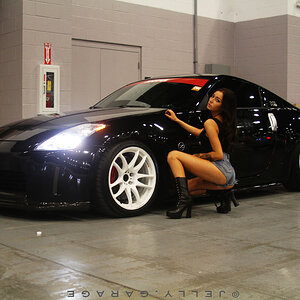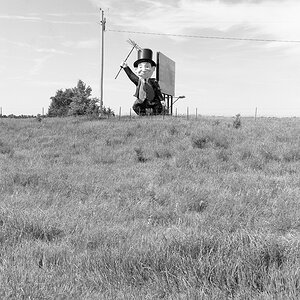lucas123
TPF Noob!
- Joined
- Sep 15, 2009
- Messages
- 62
- Reaction score
- 0
- Location
- Nova Scotia
- Can others edit my Photos
- Photos OK to edit
here are a couple more i took today C&C please
#1
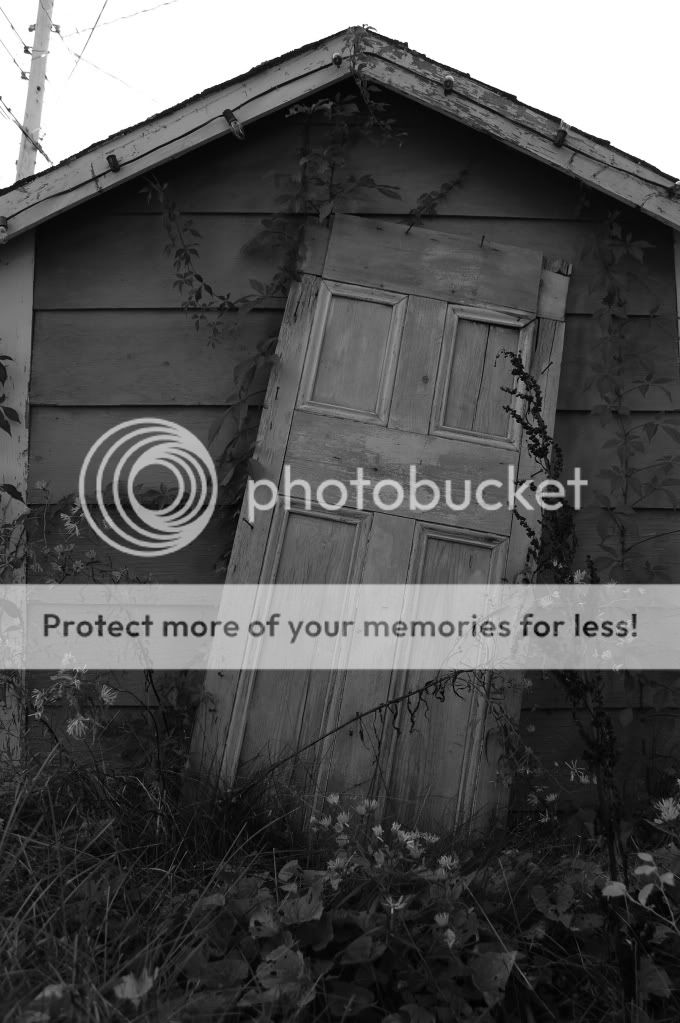
#2
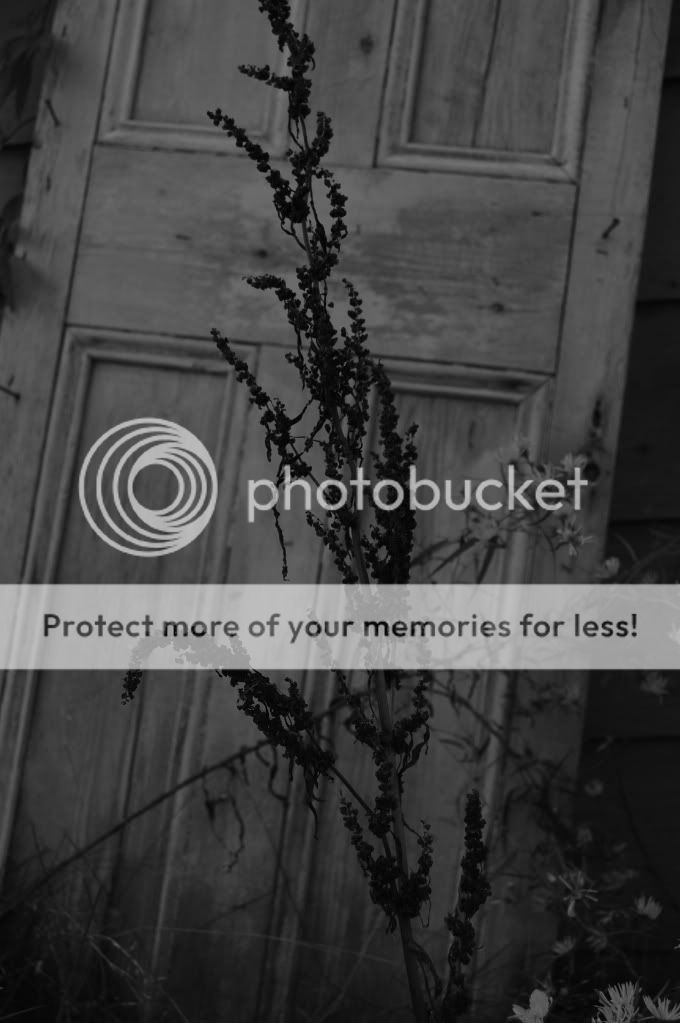
#3
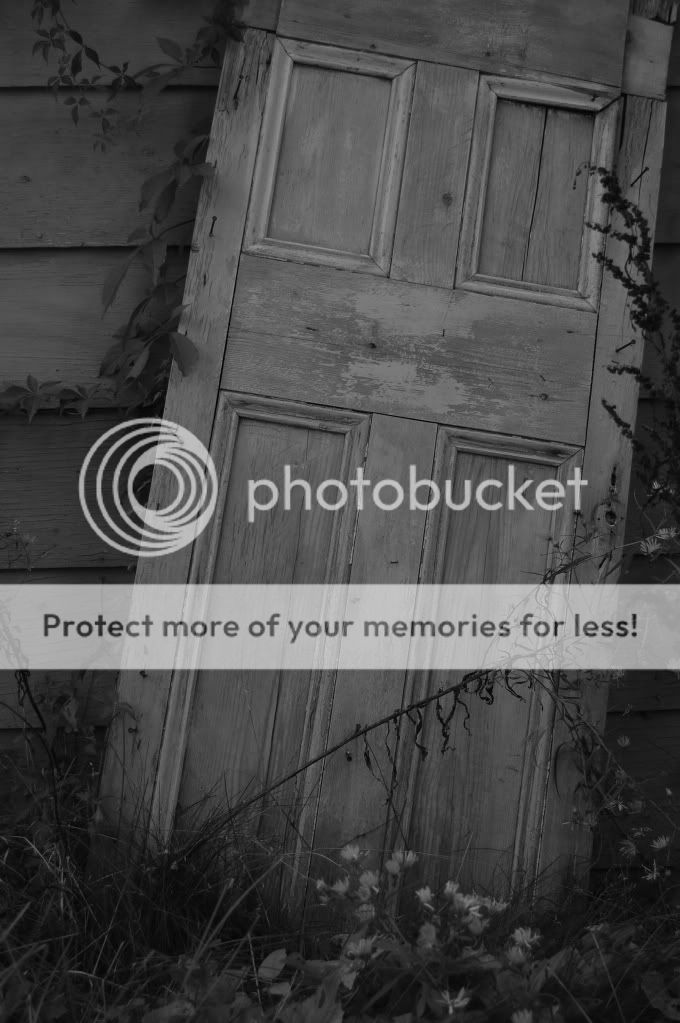
#4
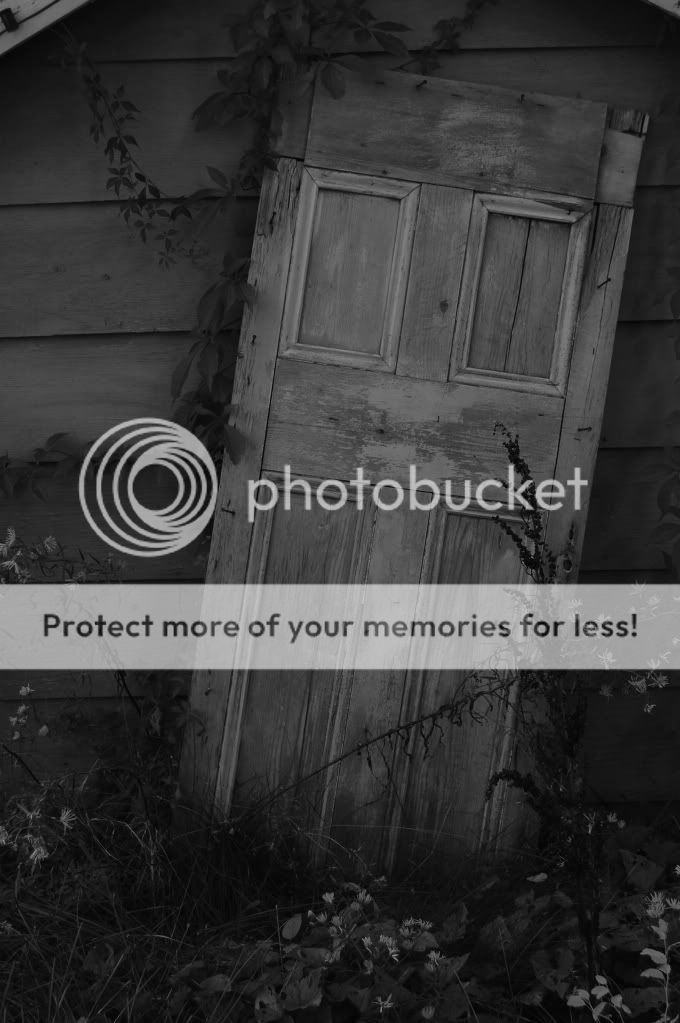
Please feel free to comment as i need some advice
#1

#2

#3

#4

Please feel free to comment as i need some advice


![[No title]](/data/xfmg/thumbnail/37/37538-d4704bfd4f0e4b1941649d81ff8edf2c.jpg?1619738133)
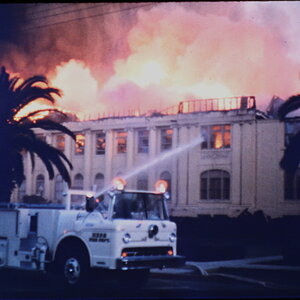
![[No title]](/data/xfmg/thumbnail/36/36665-7c494bf98537fba5ac87ac5ad6bda658.jpg?1619737676)

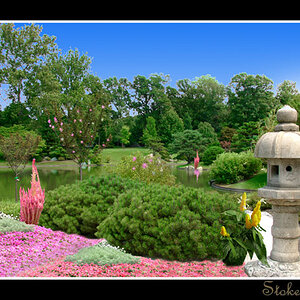
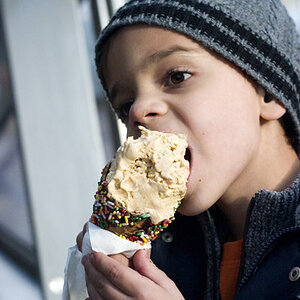
![[No title]](/data/xfmg/thumbnail/42/42267-2fff585000110a96fd9ac3ff09cceb95.jpg?1619740076)
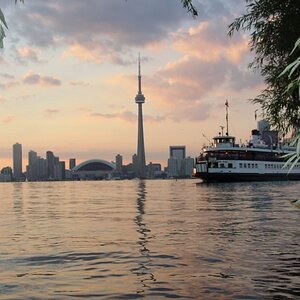
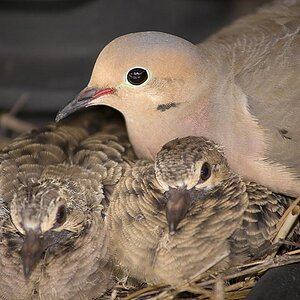
![[No title]](/data/xfmg/thumbnail/36/36668-ac1cd3882e96edd642d568c48ed3e7a5.jpg?1619737676)
